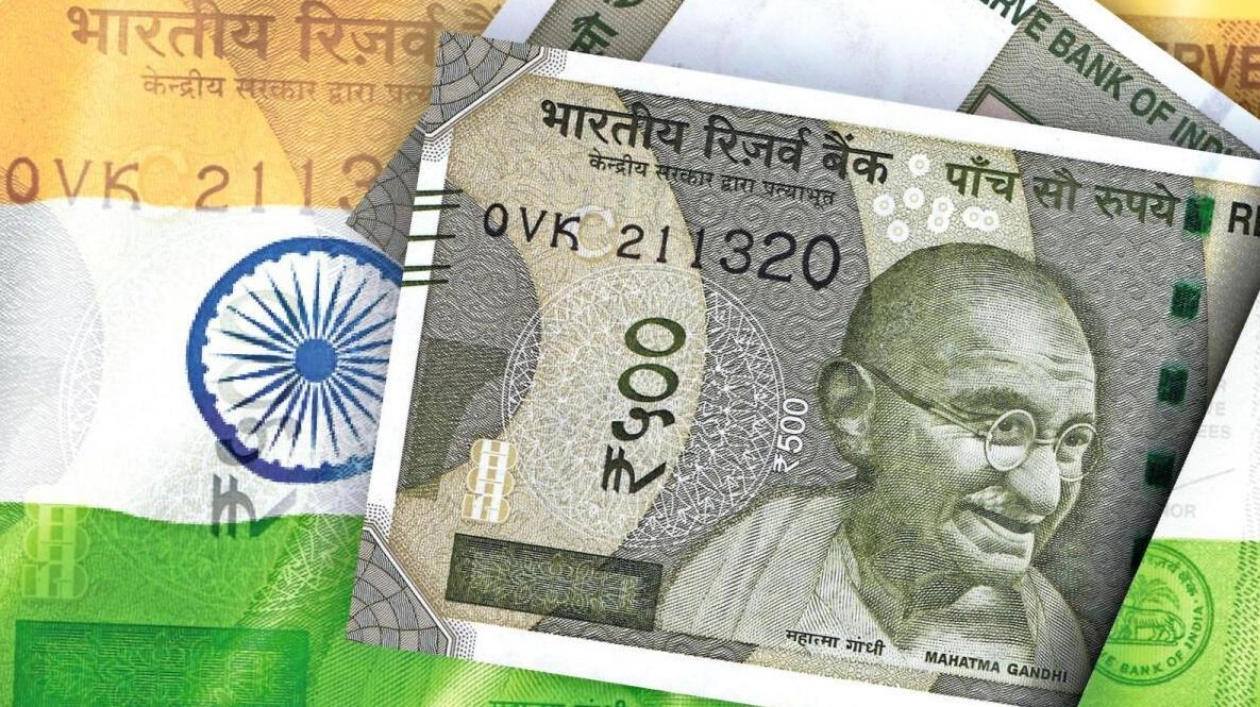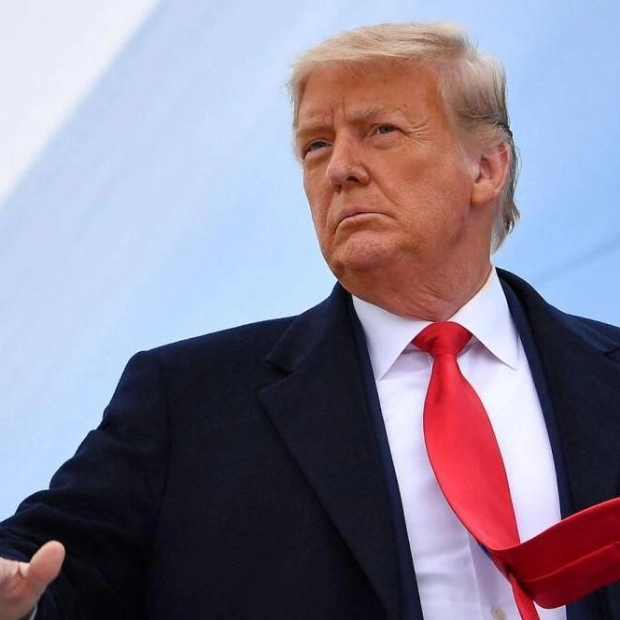Despite a global economic slowdown and geopolitical tensions, experts predict that remittance inflows to India will continue to rise and reach new heights this year. Analysts and economists forecast that remittances to India will increase to $124 billion in 2024 and hit a record $129 billion by the following year, driven by resilient oil prices and a stable rupee against the US dollar. India received remittances worth $120 billion in 2023, bolstered by robust labor markets in the United States and Europe, according to the World Bank.
India maintained its position as the top recipient of remittances among countries, followed by Mexico ($66 billion), China ($50 billion), the Philippines ($39 billion), and Pakistan ($27 billion), as per the World Bank’s latest Migration and Development Brief. India also remained the largest source of emigrants (18.7 million), trailed by Ukraine (11.9 million), China (11.1 million), Mexico (11 million), and República Bolivariana de Venezuela (8.9 million).
The multilateral bank noted that remittance flows to India from the UAE, which constitute 18 percent and are the second-largest source of India’s remittances after the US, benefited from the February 2023 free trade agreement (FTA). Atik Munshi, managing partner at FinExpertiza UAE, highlighted that remittances from the UAE to India have been on a positive trajectory and are expected to grow further. He anticipates that the UAE’s share in 2023 may reach 20 percent in 2024.
Vijay Valecha, chief investment officer at Century Financial, observed that remittances to India saw significant growth in the first half of the year, primarily supported by contributions from the UAE and other GCC countries. He cited the Economic Survey 2023-24, which projects a 3.7 percent rise in remittances from overseas workers to India in 2024, reaching a record $124 billion, with further growth expected to $129 billion in 2025.
Looking ahead to the second half of 2024, Valecha maintains a promising outlook for remittances to India, supported by sustained economic stability in the UAE and GCC countries. He also mentioned recent agreements and initiatives that have played a significant role in this positive trajectory, such as the February 2023 agreement between India and the UAE to use local currencies for cross-border transactions.
Despite positive economic indicators, Valecha acknowledged several challenges, including economic slowdowns or geopolitical tensions in the GCC, which could impact expatriate incomes and job security. He emphasized the importance of diversifying income sources for expatriates and establishing safety nets during economic downturns. Additionally, regulatory and compliance changes could complicate the remittance process, and keeping abreast of regulatory developments and collaborating with financial institutions can help ensure smooth and compliant remittance practices.






